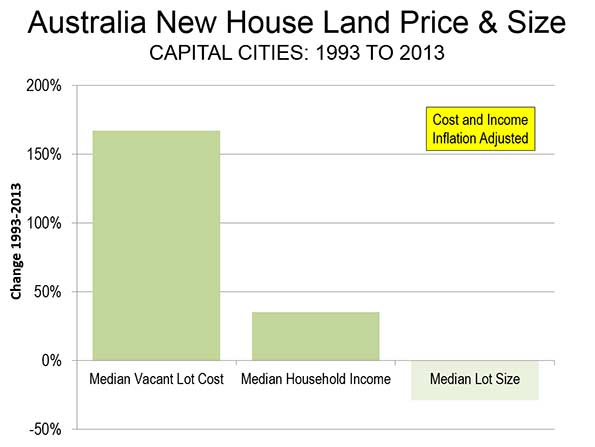According to the U.S. Census Bureau, Chicago’s population peaked a long time ago. In 1950, Chicago had 3. 6 million people. Recent estimates put Chicago’s population at 2.7 million. With the growth of American suburbs, many Chicago families have fled to public schools in the suburbs. Chicago’s horrible public schools have been an embarrassment for Chicago’s elite. A recent Chicago Tribune editorial estimated that only “only 8 of 100 freshmen who enter Chicago public high schools manage to get a college diploma.”
In an attempt to keep white families from fleeing Chicago, the second Mayor Daley came up with a plan: test-admittance-only public high schools. This was a reasonable solution for gentry liberals who pay high property taxes but didn’t want to leave the city or couldn’t afford to send their children to private schools. These select public high schools produce college bound students while “limiting” gentry liberal’s children from being exposed to children from “troubled backgrounds”. This is a sensitive subject because Chicago’s Public School System is only 9.2% white, while being 39.7% African-American.
Being admitted to these select magnet schools can often determine whether a family stays in Chicago or moves elsewhere. Recently, Daniel Hertz made news by graphically showing how Chicago’s middle class has being largely eliminated since 1970. The new Chicago is still a one-party town, but is now a coalition of rich and poor with a residual government worker middle class. White children have left Chicago’s Public School system leaving minorities as the majority. But, who gets into the selective public high schools? The Chicago Sun-Times reports:
More white students are walking the halls at Chicago’s top four public high schools.
At Walter Payton College Prep on the Near North Side, more than 41 percent of freshmen admitted the past four years have been white, compared to 29 percent in 2009, a Chicago Sun-Times analysis of Chicago Public Schools data has found.
At Jones College Prep in the South Loop, 38 percent of this year’s freshman class is white, compared to 29 percent four years ago.
In 2010 — the first year race was no longer used to determine the makeup of Chicago schools — the percentage of white freshmen at Northside College Prep in North Park rose from 37 percent to 48 percent.
And at Whitney Young College Prep on the Near West Side, the percentage of black freshmen has steadily declined in the past three years, while the percentage of whites has risen.
As these schools attract white students, Mayor Rahm Emanuel had to shut down 50 public schools which according to Democracy Now affected” 30,000 students, around 90 percent of them African American.” While Chicago is closing public schools, it is getting ready to build a new school. Not just any public school, but an expensive test only admittance high school named after Chicago’s glorious leader who went far. The new high school will be named Barack Obama College Preparatory High School.
Gentry liberals leaders have told us with enormous conviction that public education is an “investment”. Yet, President Barack Obama and Mayor Rahm Emanuel send their children to elite private schools. What’s interesting in Rahm Emanuel’s case is he couldn’t find one public school in all of Chicago good enough to send his children. Mayor Rahm Emanuel is so committed to public education that he sends his children to a private school 15 miles away from where his children live.














